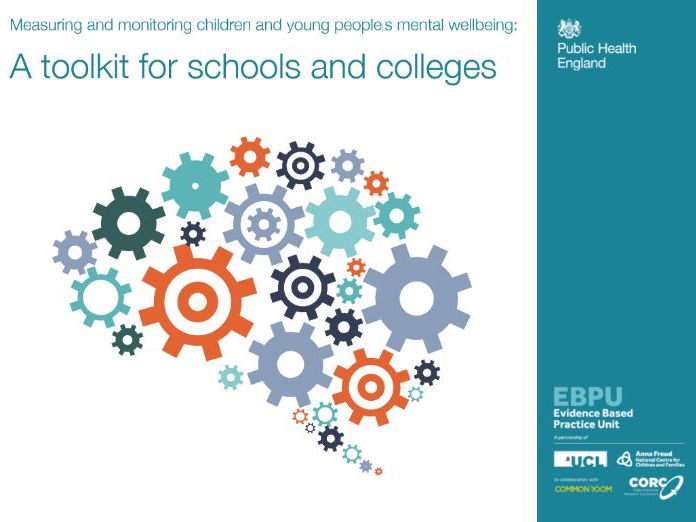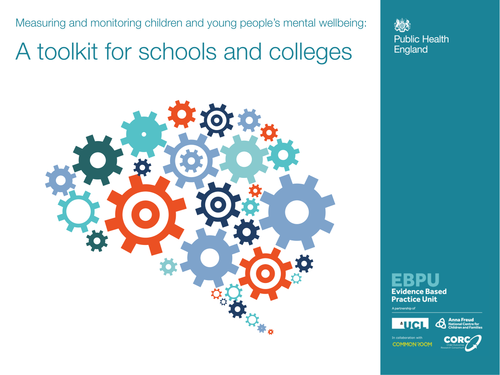

Efforts taken by schools and colleges to promote the physical and mental health of the student population creates a virtuous circle, reinforcing attainment and achievement that in turn improves student wellbeing, enabling students to thrive and achieve their full potential.
With half of all diagnosable mental health disorders established by the age of 14, there is a strong case to promote children and young people’s mental health.
There are a range of risk and protective factors that impact on mental wellbeing. These span individual factors, family, learning environments and the wider community. The evidence tells us that the learning environment plays an important and valued role in helping protect and promote student mental wellbeing.
Public Health England and the Anna Freud National Centre for Children and Families are committed to improving health outcomes for children, young people and their families, and collaborated to fund and develop this toolkit.
The toolkit aims to raise awareness amongst school and college staff of the range of validated tools that are available to help measure subjective mental wellbeing amongst the student population. This, in turn, will help school and college leaders make use of school and college level data to identify the mental wellbeing needs of students and determine how best to address these.
Something went wrong, please try again later.
Great resource. Thank you.
Report this resourceto let us know if it violates our terms and conditions.
Our customer service team will review your report and will be in touch.